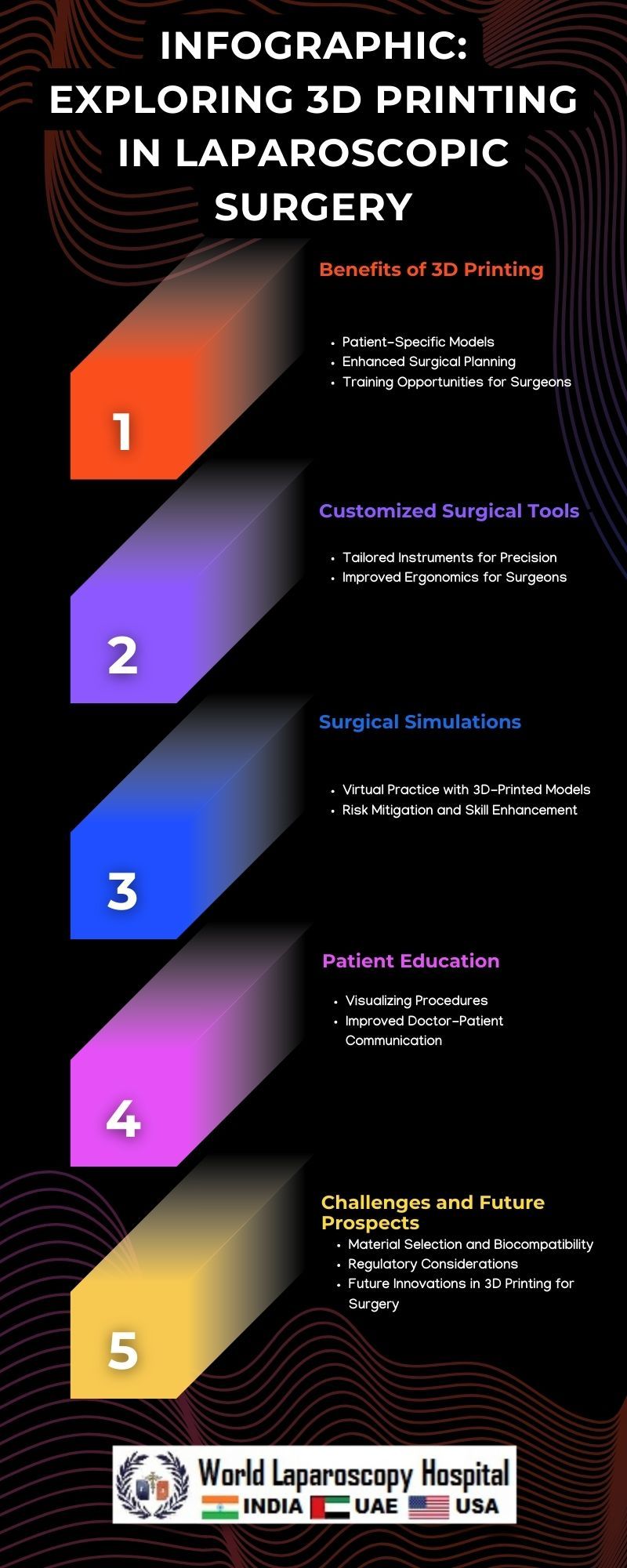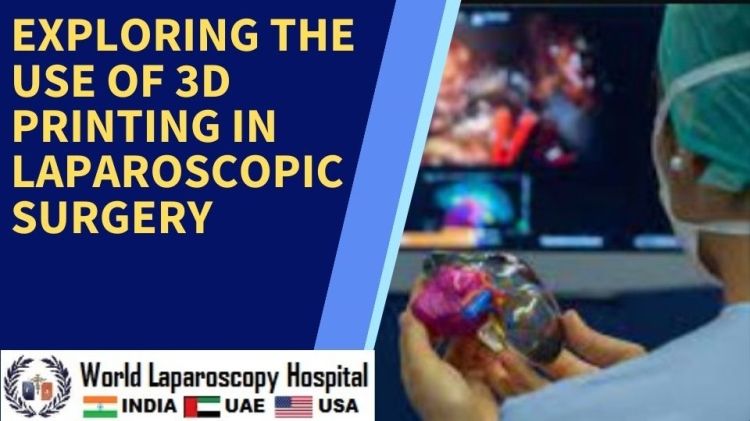Exploring the Use of 3D Printing in Laparoscopic Surgery
Introduction
Laparoscopic surgery has emerged as a groundbreaking approach to minimally invasive procedures, enabling surgeons to perform intricate operations through small incisions. As technology continues to advance, the integration of 3D printing in the field of laparoscopic surgery has opened up new dimensions for precision, customization, and enhanced patient outcomes. This article delves into the innovative realm of 3D printing and its transformative impact on laparoscopic surgery, exploring its applications, benefits, and future potentials.

The Genesis of 3D Printing in Medicine
Evolution of 3D Printing Technology
- Historical overview of 3D printing development
- Transition from prototyping to medical applications
3D Printing in Surgical Practice
- Early applications in anatomical models
- Pioneering the integration of 3D printing in surgical planning
Unveiling the Power of 3D Printing in Laparoscopic Surgery
A. Patient-Specific Anatomical Models
- Tailored replicas for preoperative planning
- Enhancing surgeon understanding of unique anatomical variations
B. Customized Surgical Guides
- Precision in trocar placement
- Facilitating accurate port positioning for optimal access
C. Personalized Instruments
- Designing instruments based on patient anatomy
- Streamlining complex procedures with specialized tools
Advantages of 3D Printing in Laparoscopic Surgery
A. Improved Surgical Planning
- Enhanced visualization of patient anatomy
- Simulation of surgical procedures for skill development
B. Increased Precision and Accuracy
- Tailored solutions for challenging cases
- Reducing margin of error in critical steps of laparoscopic surgery
C. Enhanced Patient Outcomes
- Minimizing intraoperative complications
- Accelerating postoperative recovery through reduced trauma
Real-world Applications and Success Stories
A. Case Studies
- Complex abdominal surgeries
- Interventional oncology procedures
B. Institutional Implementations
- Integration of 3D printing in leading medical institutions
- Collaborative efforts in advancing laparoscopic surgery
Addressing Challenges and Future Prospects
A. Overcoming Technological Barriers
- Material advancements in 3D printing
- Integration of artificial intelligence for surgical planning
B. Standardization and Regulation
- Establishing guidelines for 3D-printed surgical tools
- Ensuring safety and efficacy in clinical applications
C. Future Directions
- Expanding applications beyond anatomical models
- The role of 3D printing in training the next generation of surgeons
Conclusion
As the synergy between 3D printing and laparoscopic surgery continues to evolve, the realm of possibilities widens. From personalized anatomical models to customized surgical instruments, 3D printing is reshaping the landscape of minimally invasive procedures. The amalgamation of precision, accuracy, and improved patient outcomes positions 3D printing as a key player in the future of laparoscopic surgery. As technology advances and collaboration among medical professionals, engineers, and researchers intensifies, the journey towards a more tailored and efficient surgical experience is set to accelerate, ushering in a new era of innovation and excellence in healthcare.
